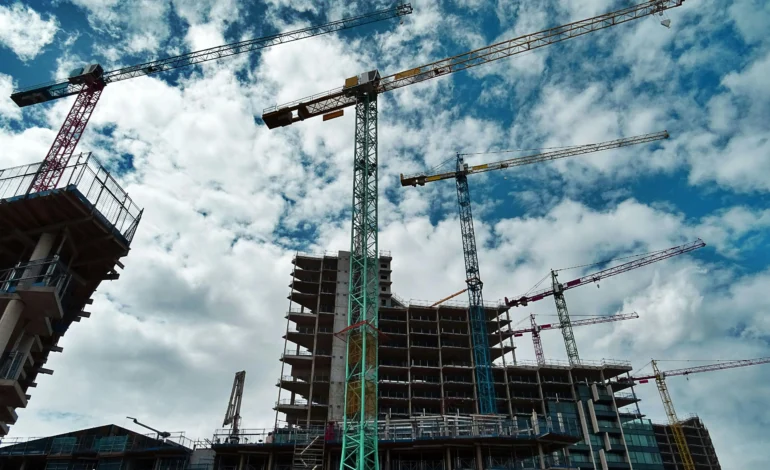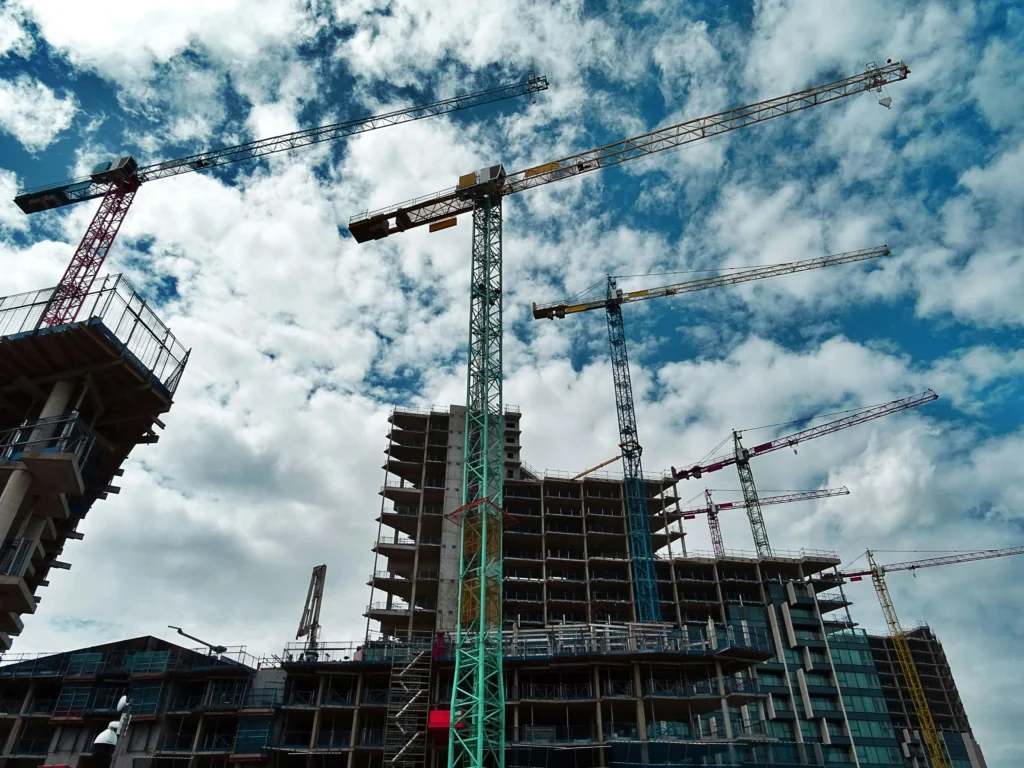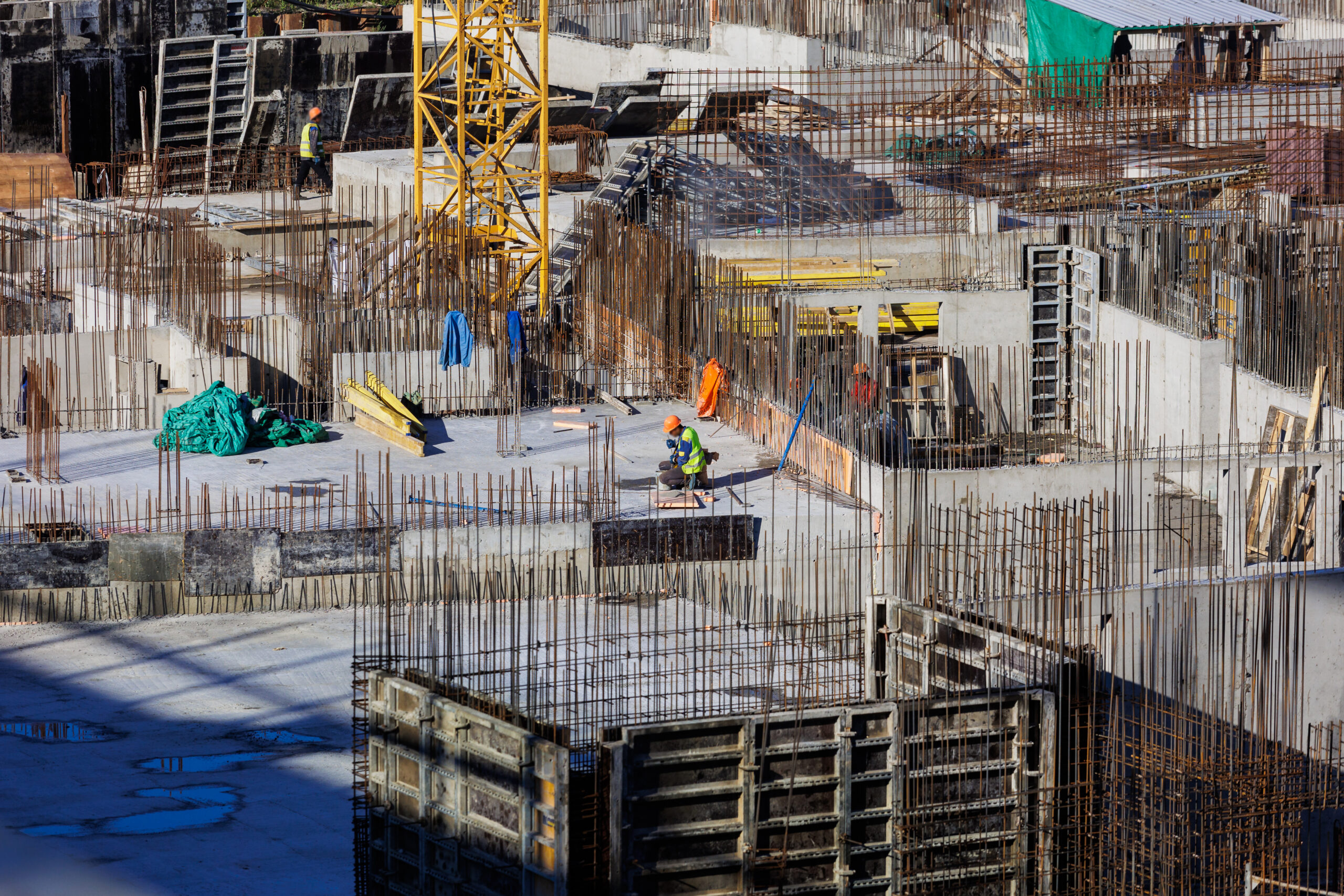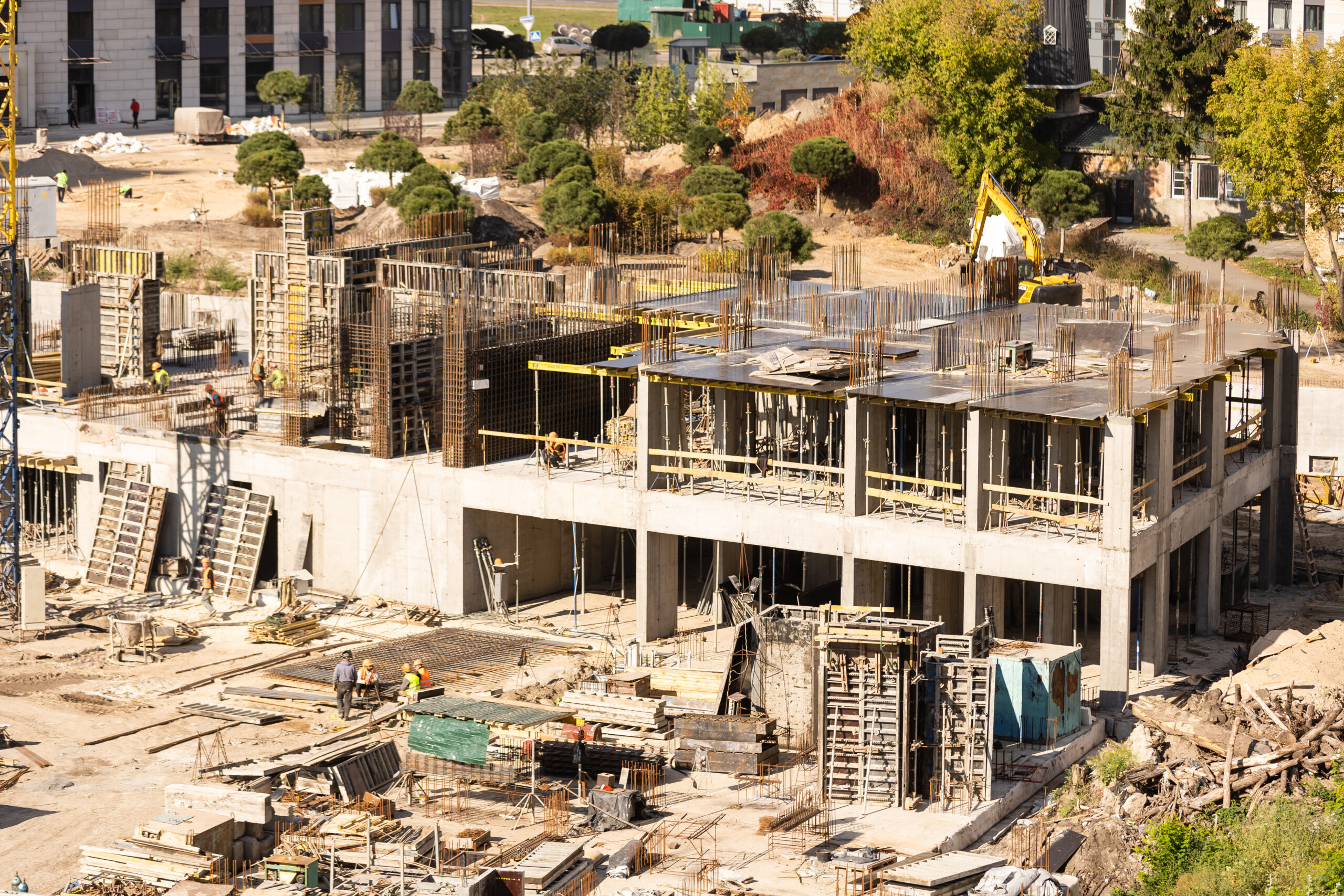Types of Building Constructions: Complete Guide


Building construction is a broad field encompassing various methods, techniques, and materials used to create structures for different purposes. Understanding the types of building construction is crucial for anyone involved in the construction industry, from engineers and architects to investors and students. This guide will explore the various types of construction buildings, the materials and methods used, and the contexts in which each type is most appropriate. By the end, you will have a detailed understanding of the types of building constructions and their applications.
The Five Primary Types of Building
The International Building Code (IBC) classifies buildings into five primary types of construction based on the materials used and the fire-resistance ratings of the structure. These classifications are universal and form the foundation for understanding building construction types.
1. Type I Construction: Fire-Resistive
Type I construction is often referred to as “fire-resistive” construction. This type of construction is typically used for high-rise buildings and large structures where the fire-resistance of the building is a critical factor.
- Materials Used: Non-combustible materials such as concrete, steel, and masonry are primarily used in Type I construction. These materials are capable of withstanding extreme temperatures for extended periods without losing structural integrity.
- Fire-Resistance Rating: Type I buildings have the highest fire-resistance ratings, with load-bearing walls and columns often required to resist fire for three to four hours.
- Common Applications: Skyscrapers, commercial towers, and large office buildings are typically constructed using Type I methods due to their need for high fire resistance.
2. Type II Construction: Non-Combustible
Type II construction is similar to Type I but with less stringent fire-resistance requirements. It is commonly used in newer commercial buildings and large warehouses.
- Materials Used: Non-combustible materials like steel and concrete are also used, but with lower fire-resistance ratings than Type I construction.
- Fire-Resistance Rating: Type II buildings generally have a fire-resistance rating of one to two hours.
- Common Applications: This type is often seen in commercial buildings, retail stores, and industrial facilities where full fire-resistance is not as critical as in Type I constructions.
3. Type III Construction: Ordinary
Type III construction, also known as “ordinary” construction, combines non-combustible materials for the exterior walls with combustible materials for the interior structural elements.
- Materials Used: Exterior walls are typically made of non-combustible materials like brick, while interior components, including floors and roofs, may use wood.
- Fire-Resistance Rating: Fire-resistance ratings for Type III buildings vary, but they are generally lower than those for Type I and Type II constructions.
- Common Applications: This type is prevalent in older buildings and mixed-use structures where commercial spaces occupy the lower floors and residential units above.
4. Type IV Construction: Heavy Timber
Type IV construction is characterized by the use of large, heavy timber elements that provide significant structural stability and a unique aesthetic.
- Materials Used: This type utilizes large wood beams and columns, often combined with non-combustible materials for added fire resistance.
- Fire-Resistance Rating: While wood is a combustible material, the large cross-sectional area of the timbers used in Type IV construction provides inherent fire resistance by allowing the exterior of the wood to char and protect the core.
- Common Applications: Type IV is often used in historical buildings, lodges, and structures where a rustic or traditional appearance is desired.
5. Type V Construction: Wood Frame
Type V construction is the most common type of construction for residential buildings and small commercial structures. It is also the least fire-resistant of the five types.
- Materials Used: Wood is the primary material used in Type V construction, offering flexibility, ease of use, and cost-effectiveness.
- Fire-Resistance Rating: Fire resistance is generally limited in Type V constructions, with ratings often under one hour.
- Common Applications: Single-family homes, small apartment buildings, and low-rise commercial buildings are typically built using Type V construction.
Emerging Trends in Building Construction Types for 2024
The construction industry is constantly evolving, and 2024 is no different. Several trends are shaping how types of building constructions are designed, built, and maintained.
1. Sustainable Building Materials
The push towards sustainability is stronger than ever, with green building materials becoming increasingly popular across all types of construction buildings. Materials such as recycled steel, cross-laminated timber (CLT), and eco-friendly concrete mixes are being integrated into various building construction types to reduce environmental impact and improve energy efficiency.
2. Modular Construction
Modular construction is gaining traction as a method to reduce construction time and costs while maintaining quality. This method involves prefabricating sections of a building off-site and then assembling them on-site. Modular construction is being used in a wide range of projects, from residential homes to large commercial complexes, and can be applied across different types of building constructions.
3. Smart Building Technology
Smart technology is increasingly being incorporated into all types of construction buildings. This includes advanced HVAC systems, automated lighting, and building management systems that improve energy efficiency, security, and occupant comfort. The integration of smart technologies is a trend that is expected to grow, particularly in Type I and Type II constructions.
4. Resilient Construction Practices
As climate change leads to more extreme weather events, resilient construction practices are becoming essential. These practices involve designing and building structures that can withstand natural disasters such as hurricanes, floods, and earthquakes. The use of resilient materials and design techniques is particularly important in Type I and Type IV constructions, where the stakes of structural failure are high.
Choosing the Right Type of Building Construction
Selecting the appropriate type of construction for a project involves considering several factors, including:
- Building Purpose: The intended use of the building (e.g., residential, commercial, industrial) will heavily influence the choice of construction type.
- Budget: Different types of building constructions come with varying costs. For instance, Type I construction is typically more expensive due to the materials and labor involved.
- Location and Climate: The environmental conditions of the building site will also affect the choice. For example, buildings in earthquake-prone areas may require the robustness of Type I or Type IV construction.
- Regulatory Requirements: Local building codes and regulations will dictate certain requirements, such as fire resistance and material usage, influencing the choice of construction type.
Conclusion
Understanding the types of building constructions is fundamental for anyone involved in the construction industry. Each type has its unique characteristics, advantages, and suitable applications, making it essential to choose the right one for your project. As the industry continues to evolve in 2024, staying informed about emerging trends such as sustainable materials, modular construction, smart building technologies, and resilient practices will be key to success.
By considering factors like building purpose, budget, location, and regulatory requirements, you can make informed decisions that lead to successful, durable, and efficient construction projects. Whether you are a seasoned professional or a newcomer to the industry, keeping up with the latest developments and understanding the nuances of different building construction types will equip you to navigate the challenges and opportunities that lie ahead.





